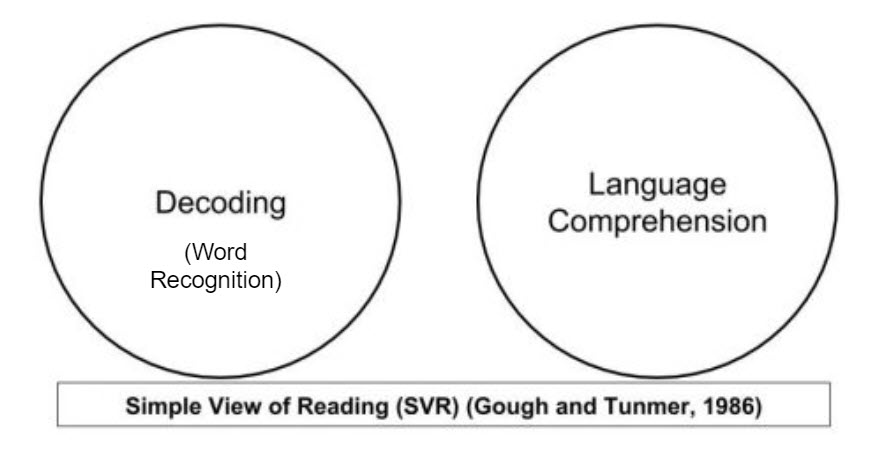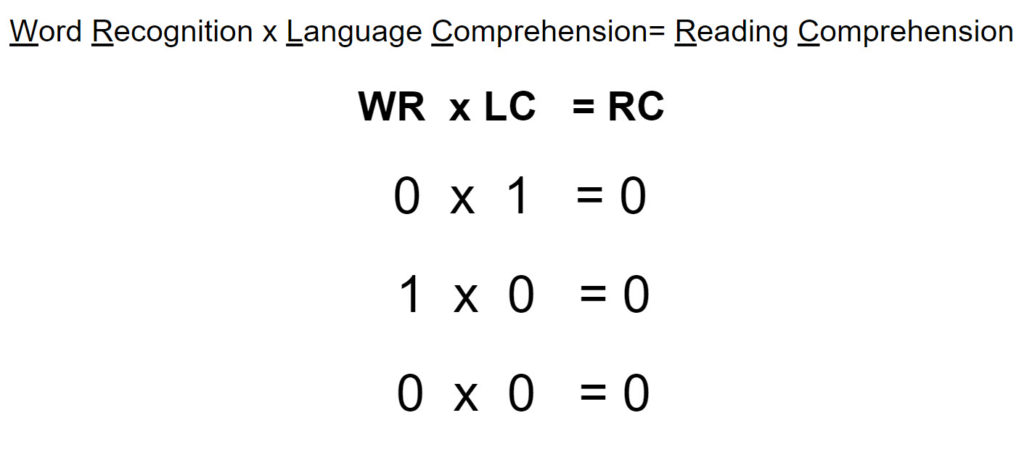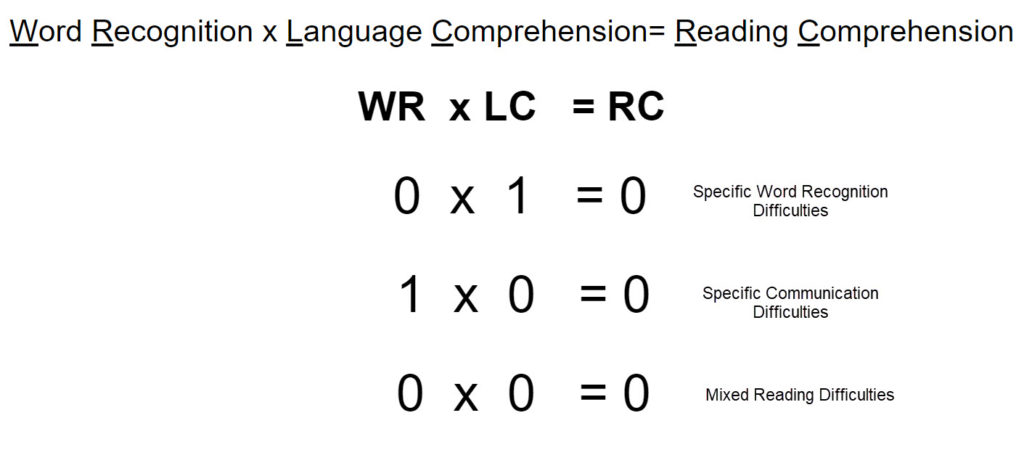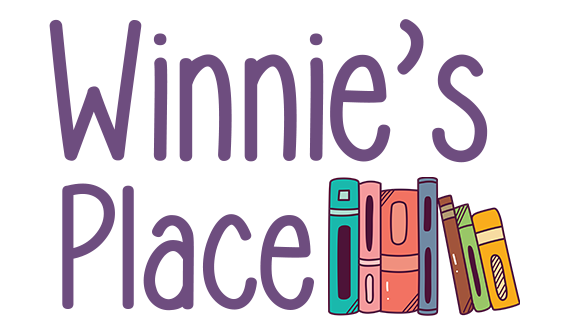The Simple View of Reading: The Equation that Rocked the Reading World
Does my child have dyslexia? It’s a question that many parents may have asked themselves when faced with any realization that their child is having difficulty reading. To better understand dyslexia, which is a general term for difficulty in learning to read or interpret words, letters, or other symbols, it’s helpful to understand what makes someone a skilled reader. This is where the Simple View of Reading comes in.
Simple View of Reading
In 1986, Phillip B. Gough and William E. Tunmer presented a framework of reading called the Simple View of Reading (SVR). They did not propose that reading is a simple process; rather, they suggested that reading could be simplified into two parts:
- Decoding-the ability to read words automatically and effortlessly, and
- Linguistic Comprehension-the ability to understand what is spoken to you

They presented the framework as a math equation, that today looks like this:
WR x LC= RC
Word Recognition x Listening Comprehension= Reading Comprehension
Reading comprehension is the ultimate goal of reading: to gain meaning or understanding from what is read. So, how does this equation help identify reading difficulties? Gough and Tunmer proposed that mastery (complete knowledge/ability of the skill) of either decoding OR linguistic comprehension could be represented by 1 in the equation. If a child has not mastered the skill, it would be represented by 0. Therefore, any equation or combination that included a zero, or no mastery, represented poor reading comprehension. For example:

Reading Disabilities
They concluded that reading comprehension would be impacted if there is a weakness in either area. Not only would reading comprehension be affected, but each equation result would help identify the type of reading disability. There are three types of reading disabilities that could be identified:
- Dyslexia– students who have specific word recognition difficulties, but have adequate linguistic comprehension
- Hyperlexia– students who have specific comprehension difficulties, but have adequate decoding, and
- “Garden Variety”/Mixed Reading Disability-students who struggle in both areas
By understanding which component of the equation was weak, teachers could better develop targeted information, goals, and strategies to help the student.

Doesn’t that sound pretty simple? Too good to be true? Not so; Gough and Tunmer’s original findings have been put to the test for over 40 years by various researchers. Instead of their conclusions being rejected, they have only been refined. Repetition and replication of results are essential in research. The SVR remains the original, elegant, and powerful equation through which to consider assessment and intervention if a child is struggling with reading.
The Simple View of Reading is like a compass. As you travel on this journey of aiding your child’s weaknesses, the SVR can help you head in the right direction. While it doesn’t give a diagnosis of dyslexia, you will be able to better identify the area(s) in which your child struggles, creating a map along the way towards more intentional remediation. Does your child have difficulty comprehending spoken language? Does your child have difficulty providing sounds associated with specific letters, sounding out words, etc.? Take a moment to reflect on what issues you may be seeing or hearing about from your child’s teacher. If you’d like to learn more, the specific components of the Simple View of Reading and the different reading disability profiles that it highlights, such as dyslexia, will be discussed in future blogs.
Contact Us For Help
Don’t be shy! Contact us for help with digging into your concerns for your child’s reading skills. We offer personalized tutoring, strategy sessions, reading assessments, and, most importantly, a compassionate environment in which your child can thrive. Contact us today.

